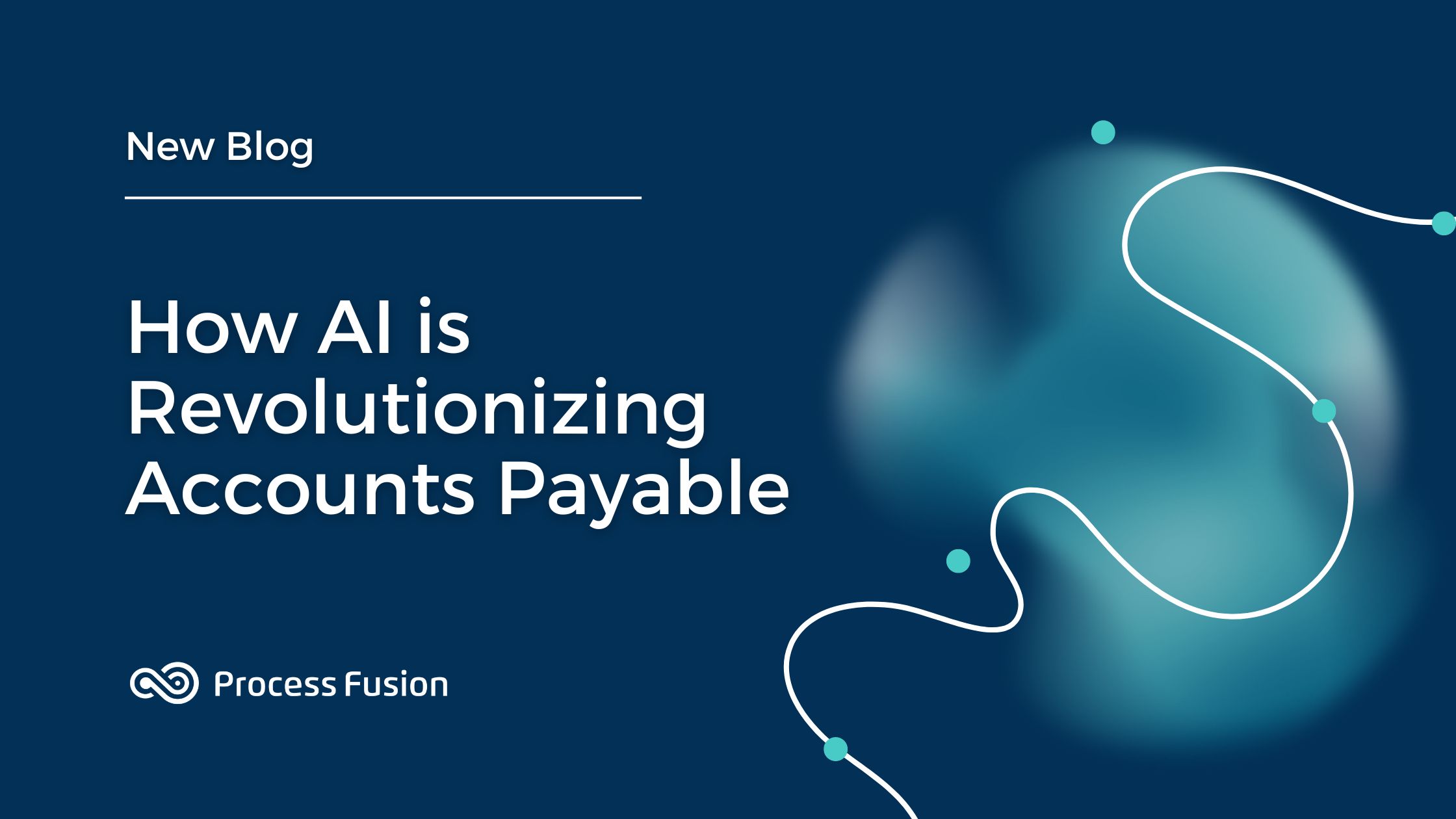
According to a recent study by Digital Adoption Report, more than 90% of companies are already taking part in some form of the digital transformation initiative.
Many of these organizations’ digital transformation will help increase efficiency, productivity, and resilience.
But for those who have yet to begin planning for next year, where should you start?
Here are 5 digital transformation strategies to help you better adapt and elevate your business in 2023.
-
Invest in Automation to Get More Work Done with Less
According to Deloitte, 53% of organizations are in the process of implementing robotic process automation (RPA), and the number is expected to rise to 72% over the next two years.
Automation drives efficient growth, enhances productivity, and generates much-needed cost savings. If your organization uses manual data entry, there’s a higher chance of experiencing slow, error-prone and expensive document processing.
Typing data into spreadsheets, ERP systems, and other business software is tedious labour that drains resources and destroys employee engagement.
IDC found that 79% of organizations using RPA saw a reduction in errors and reported improvements in process efficiency.
Gartner also forecasts that by 2024, hyper-automation will allow organizations to lower operational costs by 30%.
Organizations need to adopt more strategic, enterprise-wide automation or hyper-automation initiatives to create an efficient workflow with lower financial stress in 2023.
-
Prioritize Cost Reduction Through Data-Driven Decisions
83% of organizations prioritize making well-informed, data-driven decisions. One of the goals of adopting a digital-driven strategy is to minimize the costs of business operations through digital acceleration.
Especially during an economic downturn, using automation, AI, and data analysis help you optimize a company’s workflow and the quantity of labour required for manual operations.
Digitizing documents and leveraging cloud services automate tasks, empower executives with data-driven decision-making, and create value.
Real-time analytics will be more common in daily data management operations by 2023. Organizations can leverage these data-driven insights to considerably reallocate the budget to other areas and reduce wasted business opportunities.
-
Sustainability is the New Trend
Your company’s future success is based on flexible and resilient operations. In 2023, sustainability can become a new index for your organization to stay competitive and agile.
While environmental sustainability is among the biggest challenges facing society today, you need effective digital technologies to transform the way of working to create sustained outcomes. Accordingly, sustainability will drive your ongoing digital transformation journey as well.
Over 90% of IT leaders acknowledge sustainability as a significant IT goal in their organization today, and funds are expected to rise by 10% to 20% over the next three years.
Automation boosts work productivity and efficiency by eliminating time-consuming manual tasks and providing informative data for you to generate analytics insights.
It allows your team to optimize energy consumption across the workflow and reduce material consumption to support the global effort to reduce carbon emissions.
-
Place Your Customer-Data at the Center of Your Business
According to the latest research from Mulsoft, CXOs will prioritize promptly adapting to the changing client expectations and generating more efficient growth in 2023.
Businesses are collecting data more than ever to enhance business operations and improve the customer experience.
The challenge is achieving data intelligence with massive customer data volumes scattered across different repositories.
Digital transformation enables efficient data access, extraction, transformation, and loading into a unified repository.
Customer data generates revenue and goes beyond tracking production or business performance; it’s a valuable company asset.
AI intelligence in digital transformation enhances CRM, increasing customer satisfaction through data analysis and predictive capabilities.
-
Integrate digital into your company’s DNA
New tools and technology solutions aren’t always enough in your digital transformation journey. It is often more about the people than the technology behind it.
Organizations should transform the way employees work while helping them keep up with shifting skill needs.
Besides hiring, investing in digital competencies across your workforce is crucial to fill the skill gap. Reskilling enables smooth technology adaptation, while upskilling boosts retention and engagement among employees.
Allowing employees to advance their careers can also encourage them to take ownership, take on new projects, and innovate.
Digital transformation improves outcomes, operations, and client satisfaction through technical and cultural changes in businesses.
A digital transformation strategy is necessary to help businesses achieve goals and adapt to the digital era.
To help companies transform in a reliable and efficient way, we create and integrate the best Cloud technologies to simplify the digital transformation experience for our customers.






